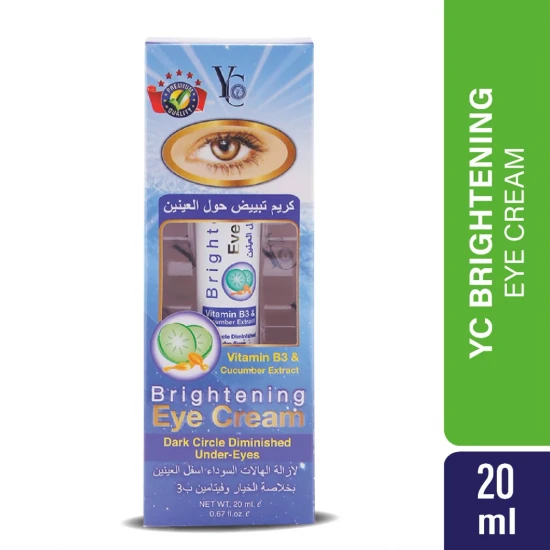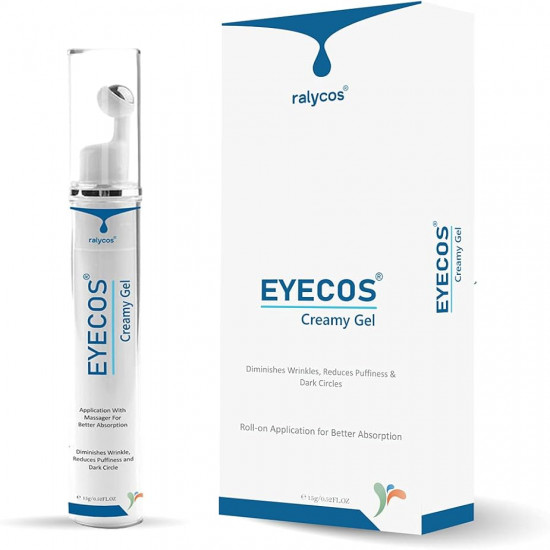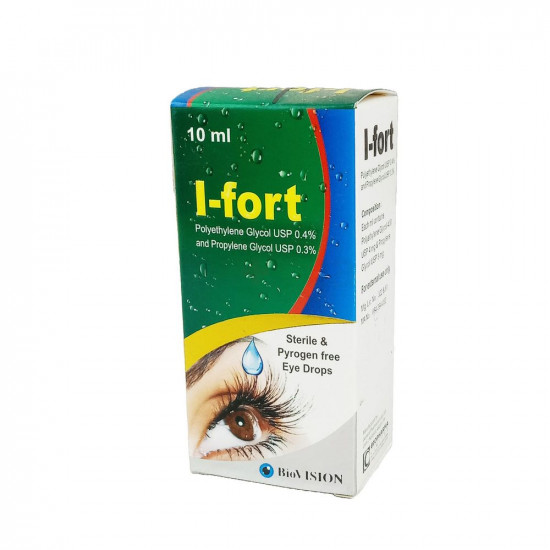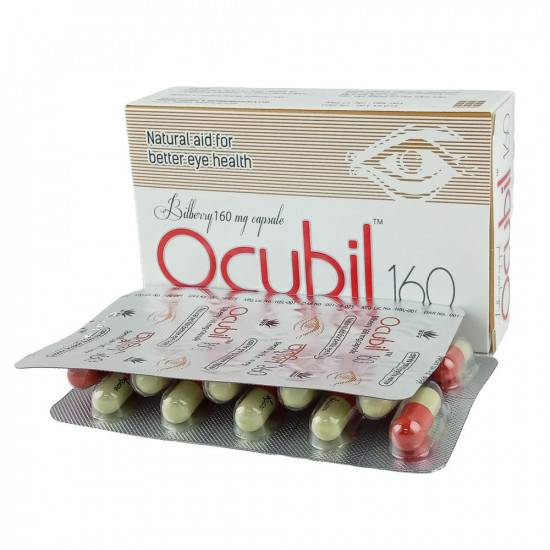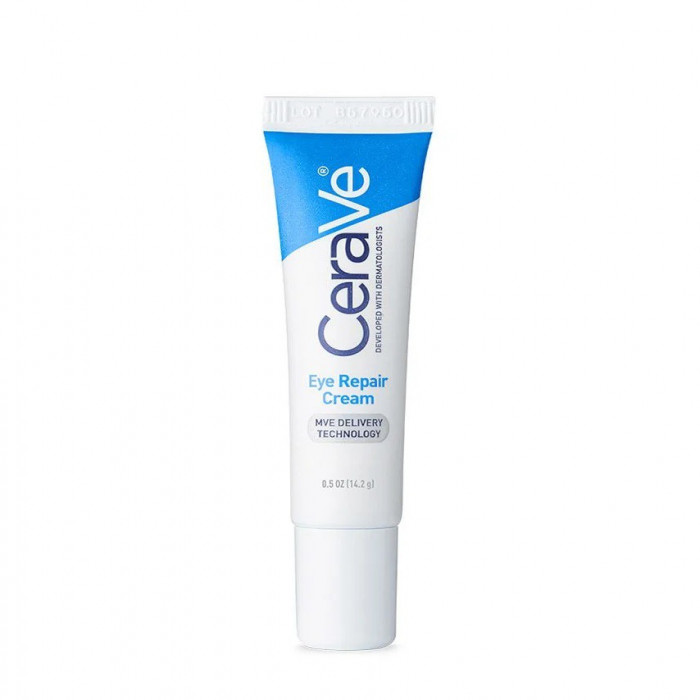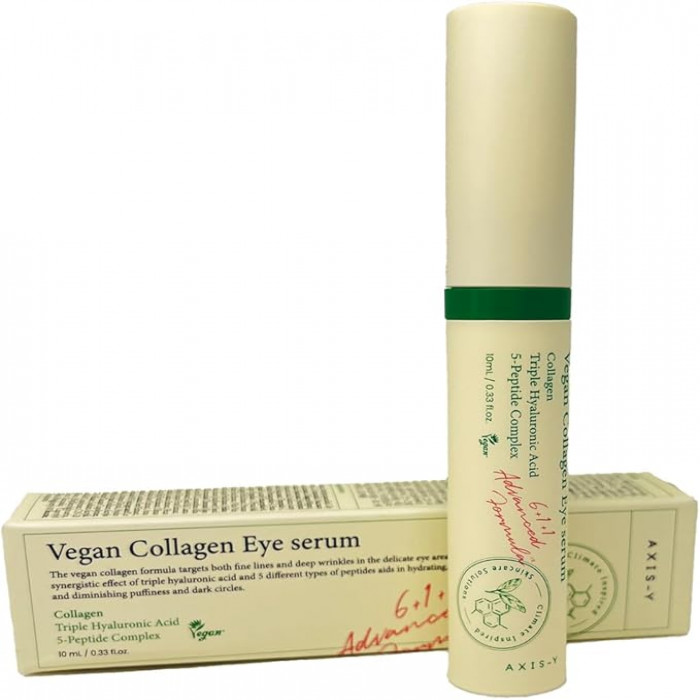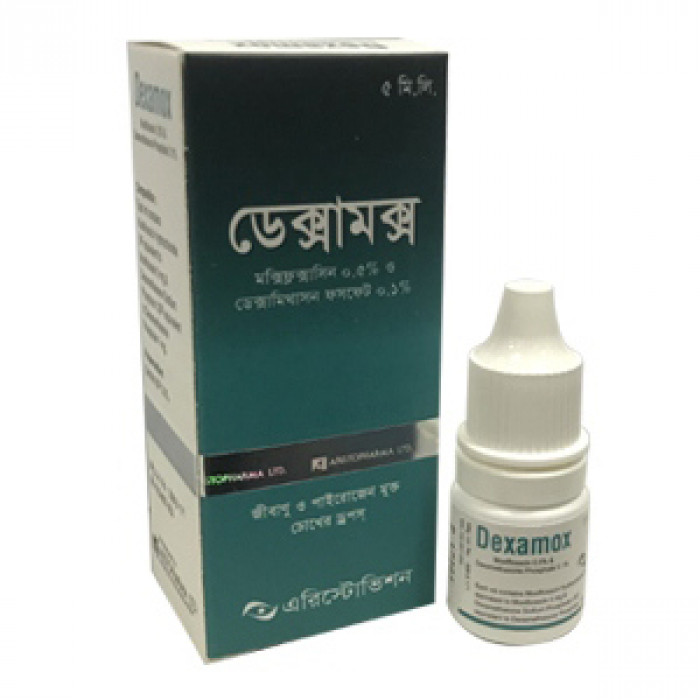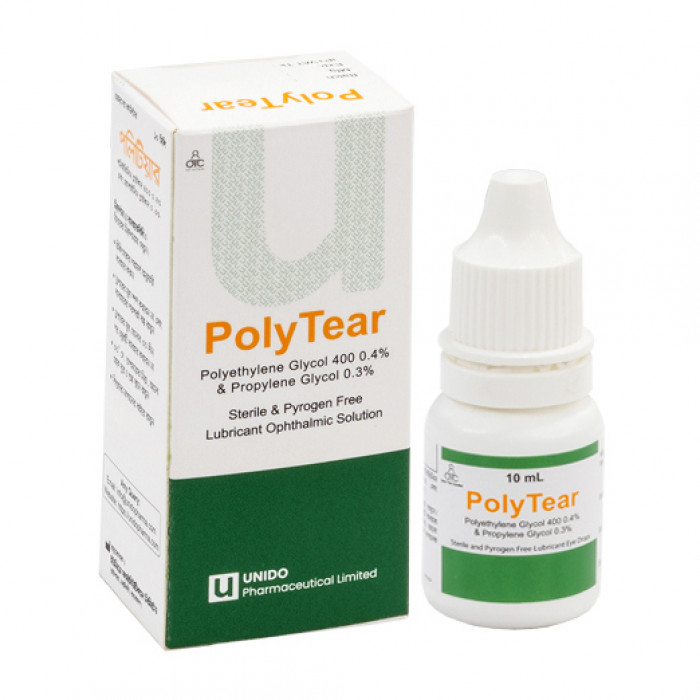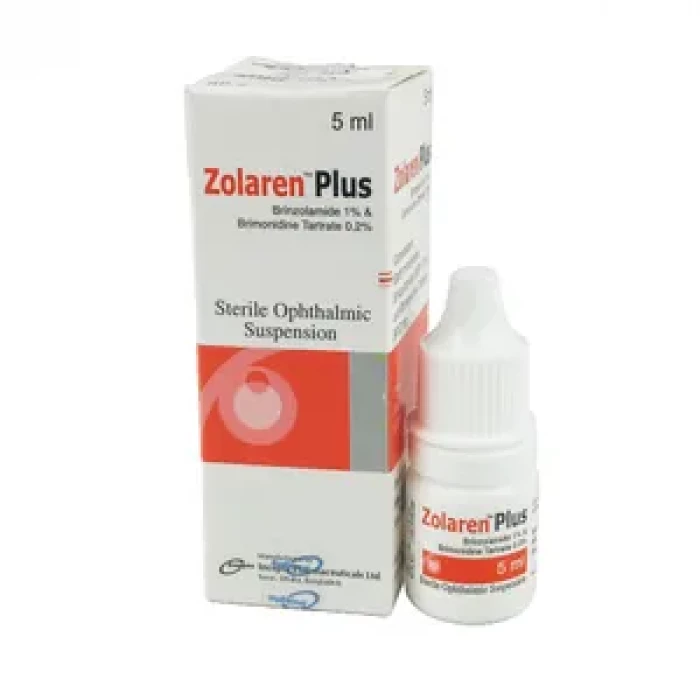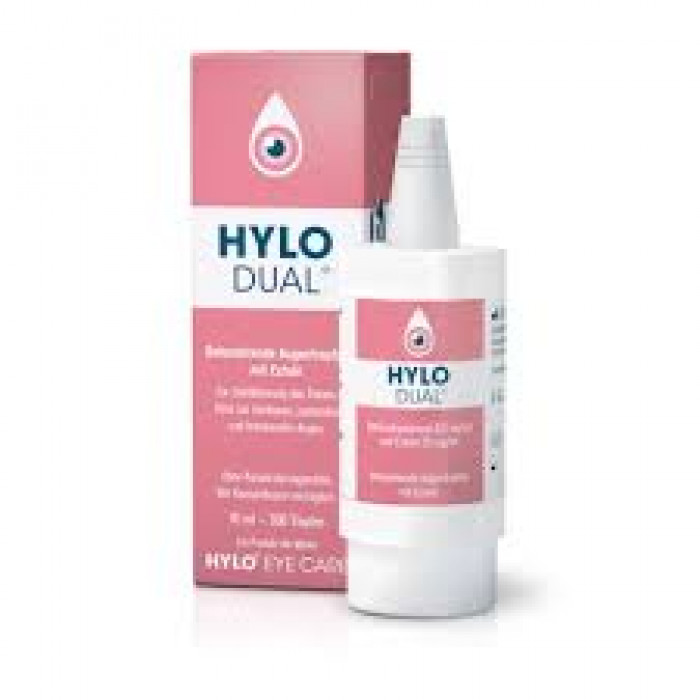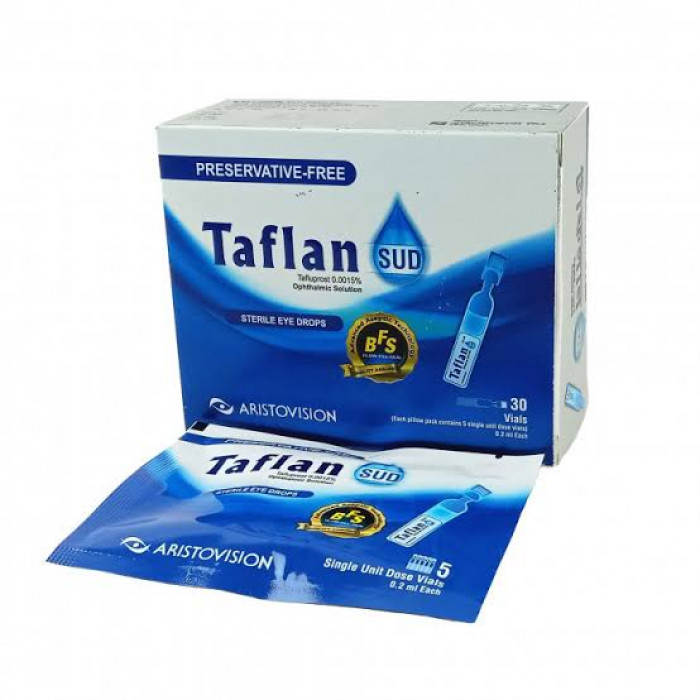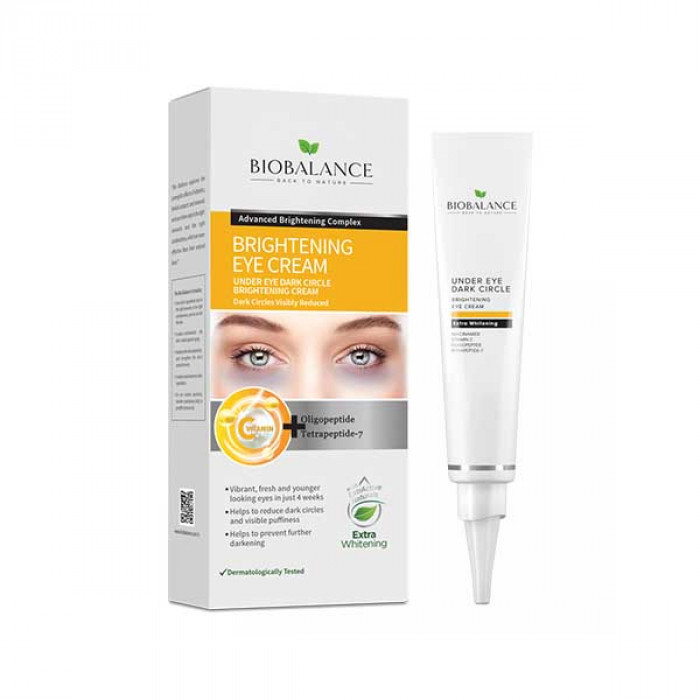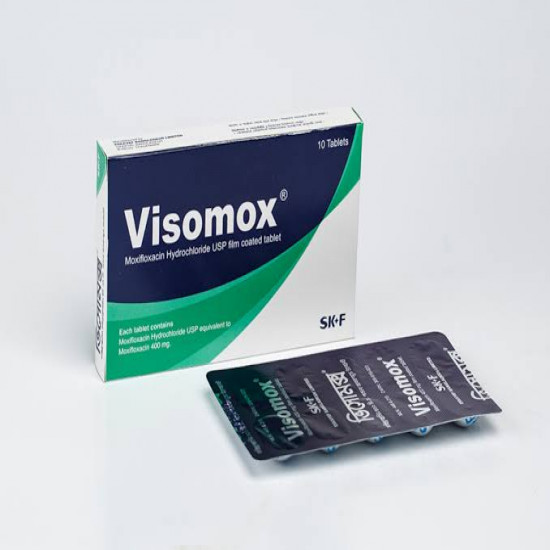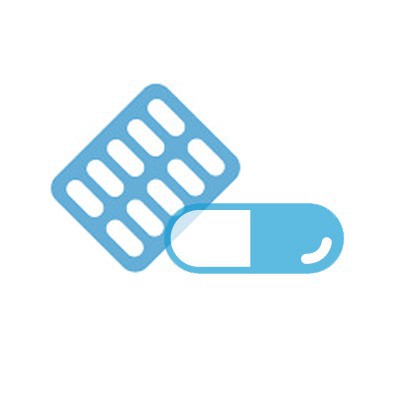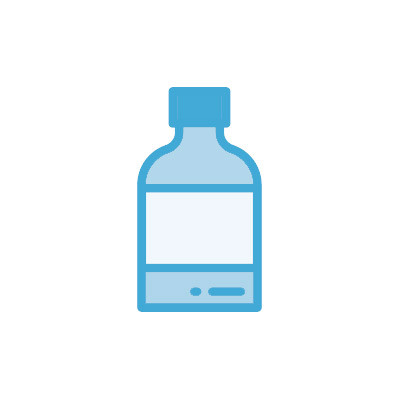
✔ 100% Authentic Product
👁️ Currently Viewing 1106
Opso Saline Ltd.
Generic: Loteprednol Etabonate 0.5% + Tobramycin 0.3% Eye prep
Discount
Price: ৳ 191
MRP:
৳
200.61
5%
Off

100% Genuine Products, Guaranteed

Safe & Secure Payments, Always

Fast, Secure & Efficient Delivery

Proper Packaging
 Cash on Delivery - All over Bangladesh
Cash on Delivery - All over Bangladesh Regular Delivery - 12-24 Hours, Dhaka City* Charge Tk.39-59
Regular Delivery - 12-24 Hours, Dhaka City* Charge Tk.39-59 Regular Delivery - 24-48 Hours, Other Cities* Charge Tk.99-110
Regular Delivery - 24-48 Hours, Other Cities* Charge Tk.99-110
 ফ্রি ডেলিভারিঃ - ৯৯৯ টাকা+ অর্ডারে, ঢাকা
শহরে
ফ্রি ডেলিভারিঃ - ৯৯৯ টাকা+ অর্ডারে, ঢাকা
শহরে ফ্রি ডেলিভারিঃ - ২৯৯৯ টাকা+ অর্ডারে, ঢাকার
বাহিরে
ফ্রি ডেলিভারিঃ - ২৯৯৯ টাকা+ অর্ডারে, ঢাকার
বাহিরে
100% Genuine Products, Guaranteed
Safe & Secure Payments, Always
Fast, Secure & Efficient Delivery
Proper Packaging
 Cash on Delivery - All over Bangladesh
Cash on Delivery - All over Bangladesh Regular Delivery - 12-24 Hours, Dhaka City* Charge Tk.39-59
Regular Delivery - 12-24 Hours, Dhaka City* Charge Tk.39-59 Regular Delivery - 24-48 Hours, Other Cities* Charge Tk.99-110
Regular Delivery - 24-48 Hours, Other Cities* Charge Tk.99-110 ফ্রি ডেলিভারিঃ - ৯৯৯ টাকা+ অর্ডারে, ঢাকা
শহরে
ফ্রি ডেলিভারিঃ - ৯৯৯ টাকা+ অর্ডারে, ঢাকা
শহরে ফ্রি ডেলিভারিঃ - ২৯৯৯ টাকা+ অর্ডারে, ঢাকার
বাহিরে
ফ্রি ডেলিভারিঃ - ২৯৯৯ টাকা+ অর্ডারে, ঢাকার
বাহিরে
✅ Description:
Lotemic T Eye Drops is a prescription medicine having a combination of medicines that is used to treat eye infections with inflammation. It stops the growth of bacteria and helps in relieving redness, itching and swelling. Lotemic T Eye Drops is to be used only in the affected eye in the dose and duration as advised by the doctor. Wash your hands before using this medicine. It is advised to check the label for directions before use. Do not skip any doses and finish the full course of treatment even if you feel better. Stopping the medicine too early may lead to the infection returning or worsening. The most common side effects include discomfort and irritation at the application site. If these side effects persist for a longer duration, inform your doctor. In case by accident, this medicine goes into your ears, nose or mouth, immediately rinse it with water. Inform your doctor if you are pregnant or breastfeeding or are allergic to this medicine or taking any other medication. It is advised not to drive or operate heavy machinery after use of this medicine as it may cause blurring of vision and may affect your ability to drive.
Uses of Lotemic T Eye Drops
Eye infection with inflammation
Side effects of Lotemic T Eye Drops
Common
Eye irritation
Eye discomfort
How to use Lotemic T Eye Drops
This medicine is for external use only. Take it in the dose and duration as advised by your doctor. Check the label for directions before use. Hold the dropper close to the eye without touching it. Gently squeeze the dropper and place the medicine inside the lower eyelid. Wipe off extra liquid.
How Lotemic T Eye Drops works
Lotemic T Eye Drops is a combination of two medicines: Loteprednol etabonate and Tobramycin. Loteprednol etabonate is a steroid which blocks the production of certain chemical messengers (prostaglandins) that make the eye red, swollen and itchy. Tobramycin is an antibiotic. It stops bacterial growth in the eye by preventing the synthesis of essential proteins required by bacteria to carry out vital functions.

Quick Tips
Lotemic T Eye Drops is used for the treatment of bacterial skin infections.
It should be applied to the affected areas as a thin film, two or three times daily, or as advised by your doctor.
Do not use it more often or for longer than advised by your doctor.
Do not apply it to broken skin and avoid getting it in your eyes, nose or mouth.
Do not cover the area being treated with airtight dressings such as bandages unless directed by a doctor, as this may increase the risk of side effects.
It may cause temporary burning, itching or a redness at application site. This is usually mild. Consult your doctor if you experience a more severe reaction.
Inform your doctor if your skin problem hasn't improved after seven days of treatment.

Brief Description
Indication
Keratitis, Allergic conjunctivitis, Iritis, Ocular inflammation, Bacterial ocular infection, Cyclitis
Adult Dose
Ocular Inflammation Indicated for steroid-responsive ocular inflammations with risk of superficial bacterial infections Adult: Instill 1 or 2 drops of into the conjunctival sac of the affected eye(s) every 4 to 6 hours.; may use as frequently as q1-2hr during first 24-48 hr Decrease frequency of administration as signs and symptoms improve
Child Dose
Safety & efficacy not been established.
Contraindication
Hypersensitivity to any component of the formulation or to other corticosteroids Viral, mycobacterial & fungal eye infections
Mode of Action
Loteprednol is a synthetic nonfluorinated glucocorticoid. It stimulates the production of lipicortins, proteins that modulate the activity of prostaglandins and leukotrienes. Tobramycin acts by binding to 30S ribosomal subunits thus interfering with bacterial protein synthesis. It is active against many aerobic gram-negative bacteria and some aerobic gram-positive bacteria but inactive against Chlamydia, fungi, viruses, and most anaerobic bacteria.
Precaution
History of herpes simplex infections May exacerbate infections by nonsusceptible organisms Monitor IOP if used >10 d Bacterial keratitis reported from inadvertent contamination of multiple dose ophthalmic solution Immunosuppression resulting from prolonged use of steroid use may result in secondary bacterial and fungal infections; steroids may also mask symptoms of infections and enhance existing ocular infections Ocular hypertension and/or glaucoma reported with prolonged corticosteroid use Discontinue use if sensitivity reaction to tobramycin develops Corticosteroid use following cataract surgery may delay healing Lactation: Excretion in milk unknown; use caution
Side Effect
Prolonged use may increase: IOP, which may be associated with possible development of glaucoma and infrequent optic nerve damage; posterior sub-capsular cataract formation and perforation of the globe where there is thinning of the cornea or sclera. The most frequent adverse reactions to topical tobramycin are hypersensitivity and localized ocular toxicity, including lid itching and swelling and conjunctival erythema.
Interaction
Enhanced neurotoxic and nephrotoxic effects w/ other aminoglycosides (e.g. amikacin, streptomycin), cefaloridine, viomycin, polymyxin B, colistin, cisplatin and vancomycin. Enhanced toxicity w/ potent diuretics (e.g. ethacrynic acid, furosemide). Prolonged secondary apnoea may occur when given to anaesthetised patients receiving neuromuscular blocking agents (e.g. succinylcholine, tubocurarine, decamethonium). Increased risk of nephrotoxicity w/ ciclosporin and other antibacterials (e.g. cephalosporins). Antagonistic effect w/ neostigmine and pyridostigmine. May potentiate the effect of warfarin and phenindione.
⚠️Disclaimer:
At ePharma, we’re committed to providing accurate and accessible health information. However, all content is intended for informational purposes only and should not replace medical advice from a qualified physician. Please consult your healthcare provider for personalized guidance. We aim to support, not substitute, the doctor-patient relationship.




